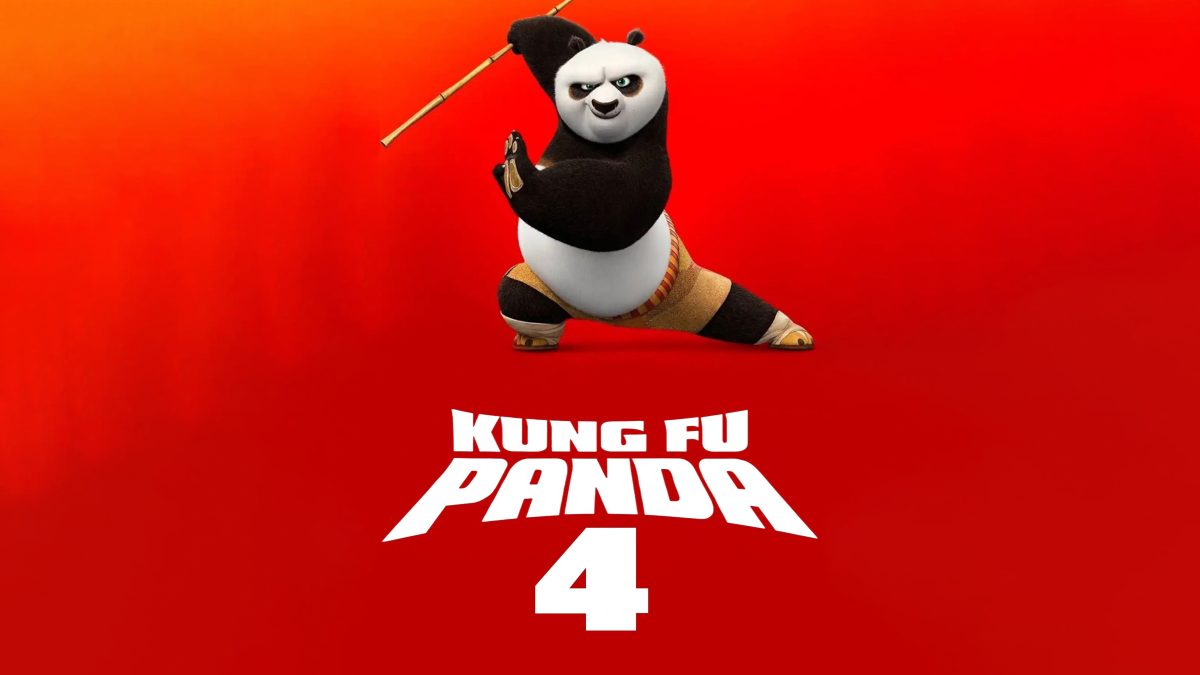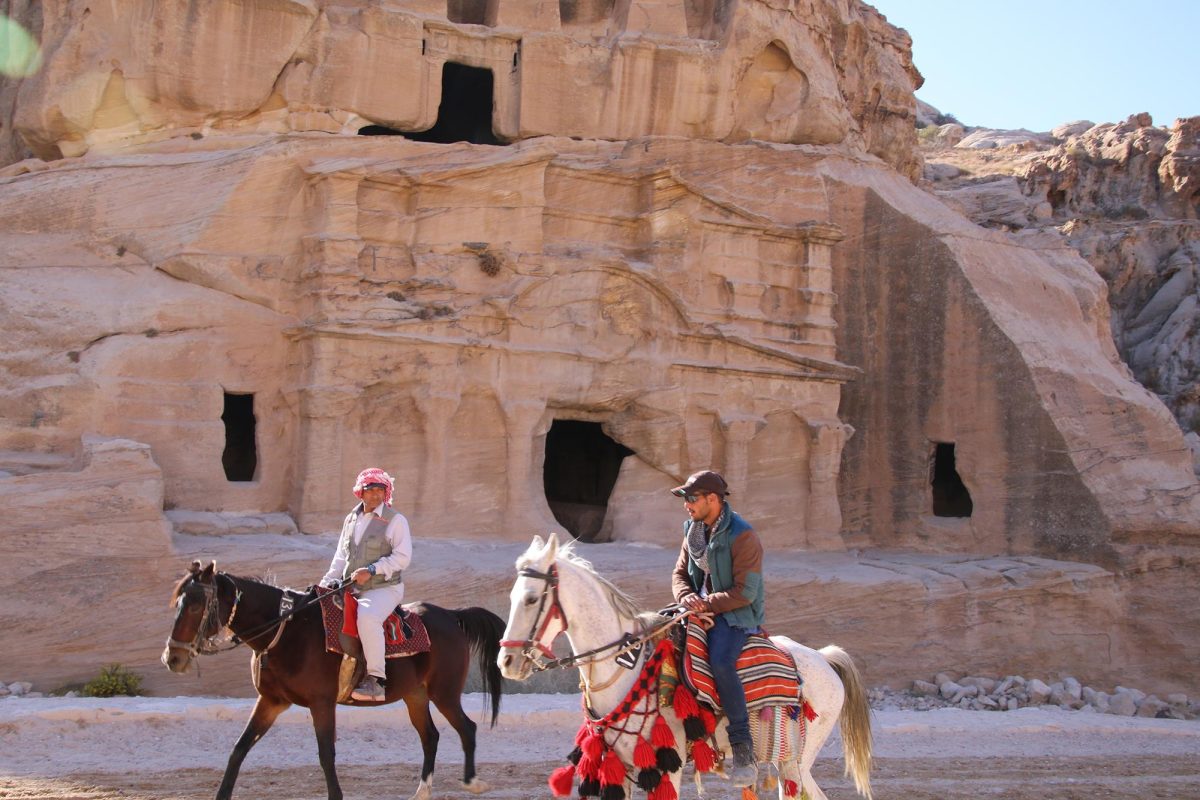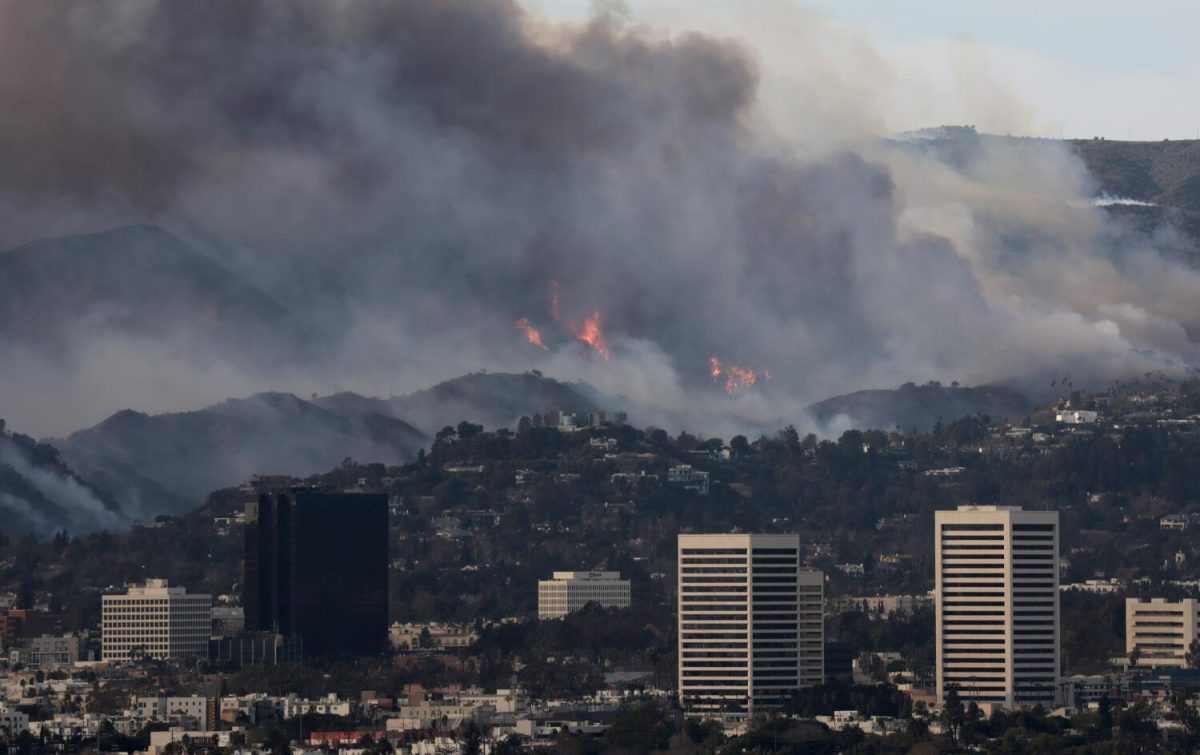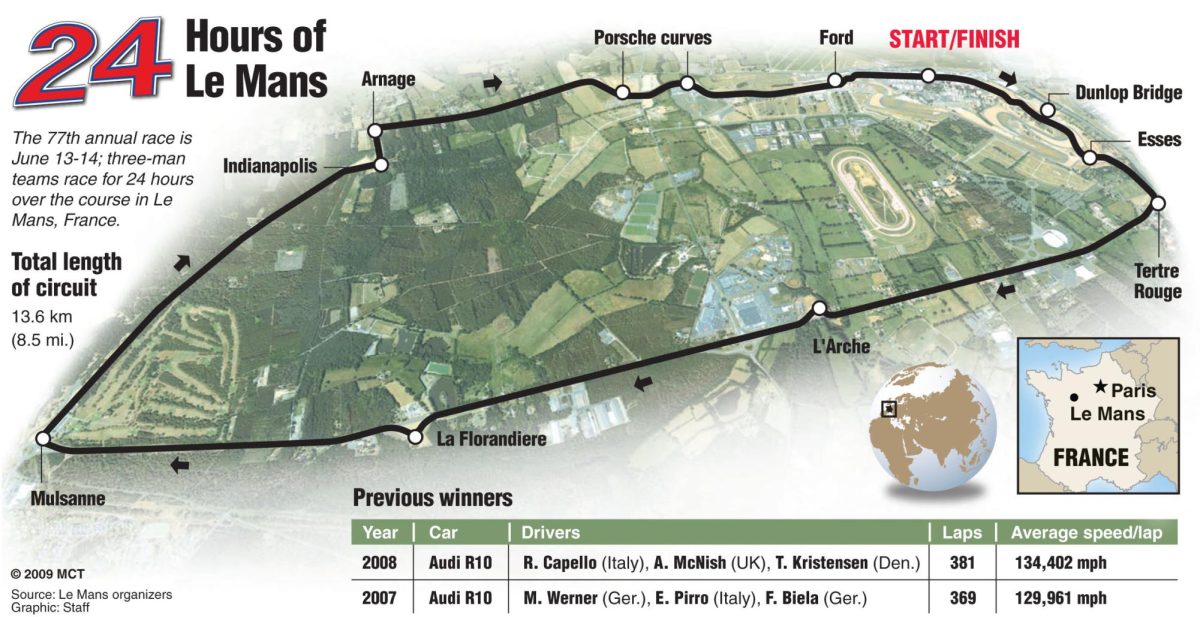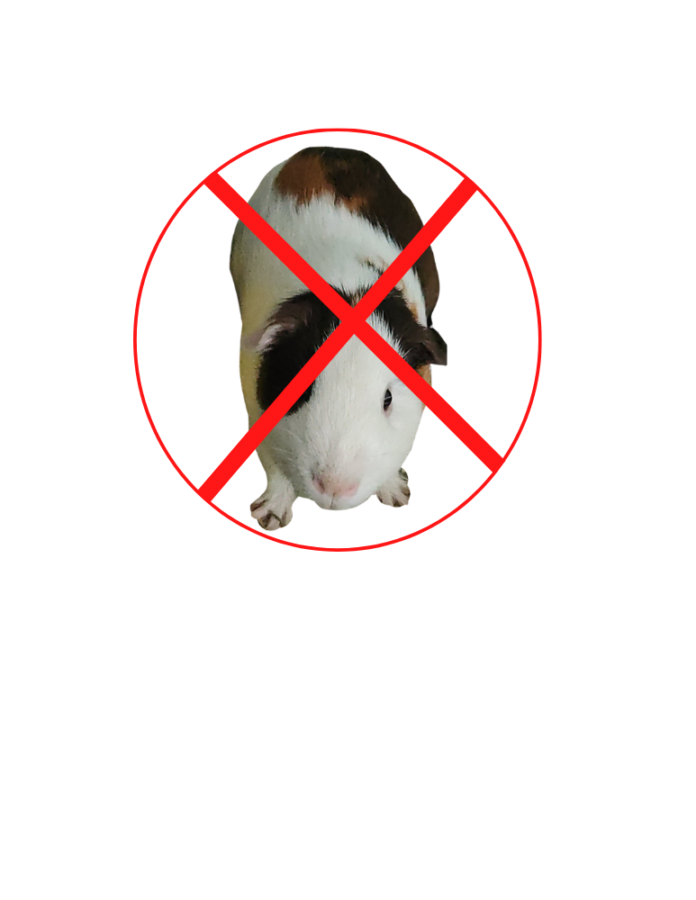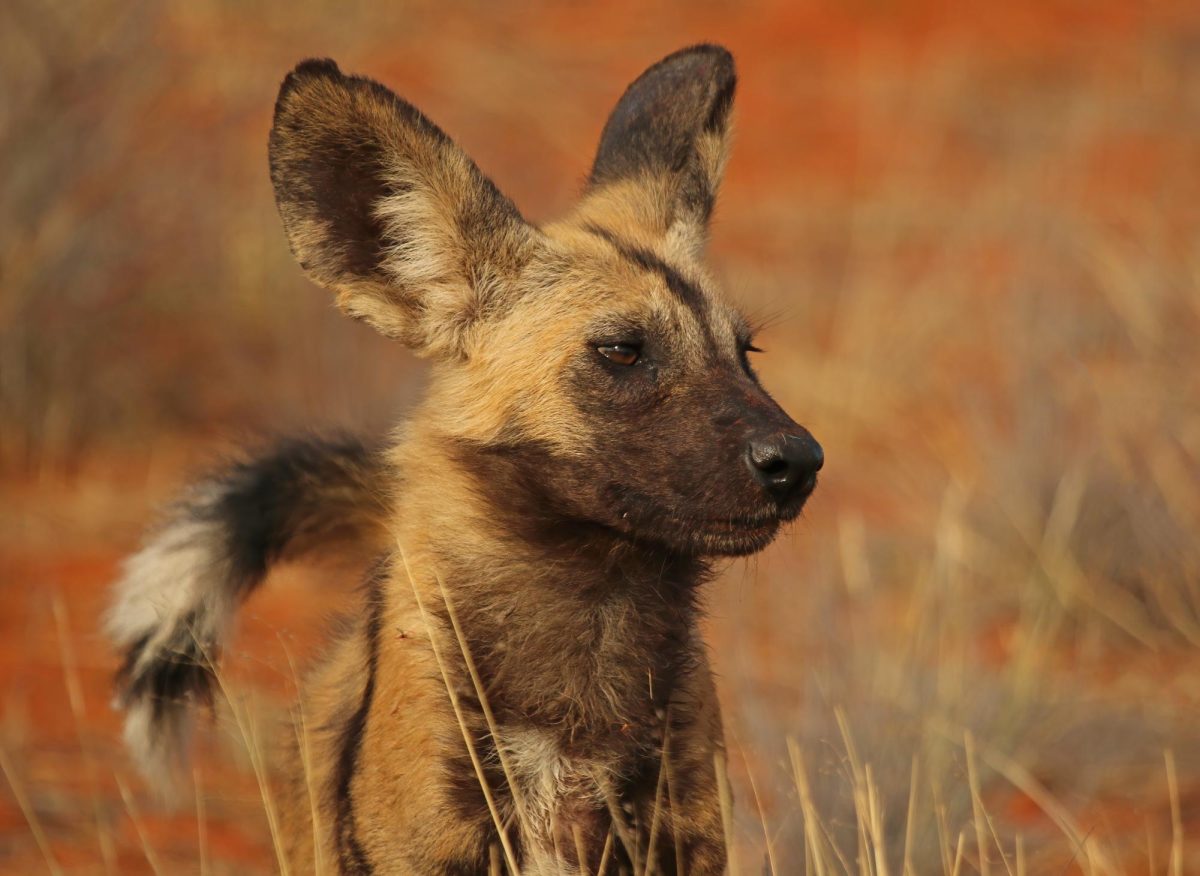There are many different regions, ecosystems and biomes all around the world, each with their own diversity in terms of plants and wildlife. However, many animals are on the brink of extinction due to factors such as deforestation and excessive poaching.
Fin Whale
The fin whale is the second largest mammal in the world, right next to the blue whale. It is found in the Arctic region and the waters of southeast Asia. The current population of the fin whale is 50,000 to 90,000. The gap in the estimated population is due to the fact that their current status is unknown in most areas outside the North Atlantic. Nearly 750,000 of them were killed between 1904 and 1979 in the southern hemisphere alone. The threats to the animal include hunting by commercial whalers for oil, meat and baleen, habitat loss, toxins and climate change. Additionally, after a two-year hiatus, Iceland resumed commercial fin whaling in 2013 with a quota of 184 whales, meaning numbers will continue to decline according to worldwildlife.org.
African Wild Dog
The African wild dog is a species of canine that lives in southeast Africa in areas such as Tanzania and Mozambique. It is one of the most endangered mammals in the world with a population of 1,409. The threats to the animal include accidental and targeted killings by humans, diseases like rabies and distemper, habitat loss and competition with larger predators like lions, according to worldwildlife.org.
Cross River Gorilla
The cross river gorilla is a subspecies of the western lowland gorilla with a population of 200 to 300. They can be found across the lowland Montane forests and rainforests of Cameroon and Nigeria. Some of the threats to the species include deforestation, which creates fields for agriculture and livestock, and poaching. Their low population also leads to a risk of inbreeding, which can lead to physical defects, according to worldwildlife.org.
Vaquita
The vaquita is a cetacean, a genus composed of whales, dolphins and porpoises, that are only found in the Gulf of California. It is one of the rarest marine mammals on earth with a population of 10, making it the most endangered cetacean in the world. The main threat to the animal is bycatch, where they get stuck in nets intended for smaller fish. The primary cause for vaquita bycatch is totoaba fishing, a fish that is also critically endangered, according to worldwildlife.org.
However, there is a bright side. Many non-profit organizations that people can donate to are dedicated to protecting endangered animals and their ecosystem, such as the World Wildlife Fund, Ocean Conservatory and the Wildlife Conservation Network. Another thing that people can do is spread the word about these endangered animals so that more people can help do their part in protecting them. Small actions can make a big difference in the conservation of endangered animals.










